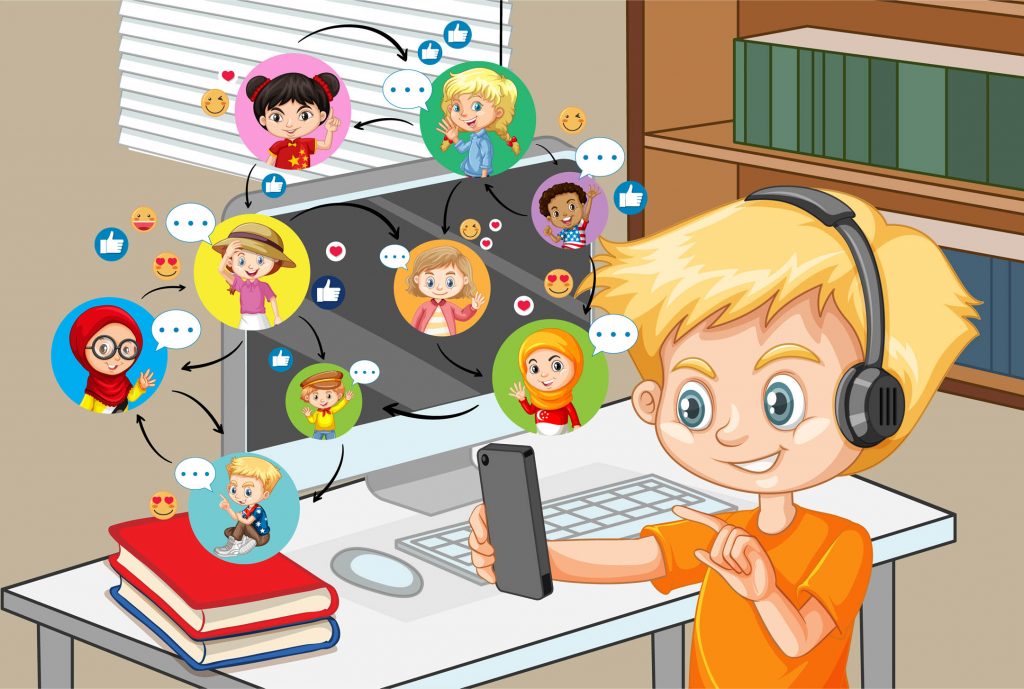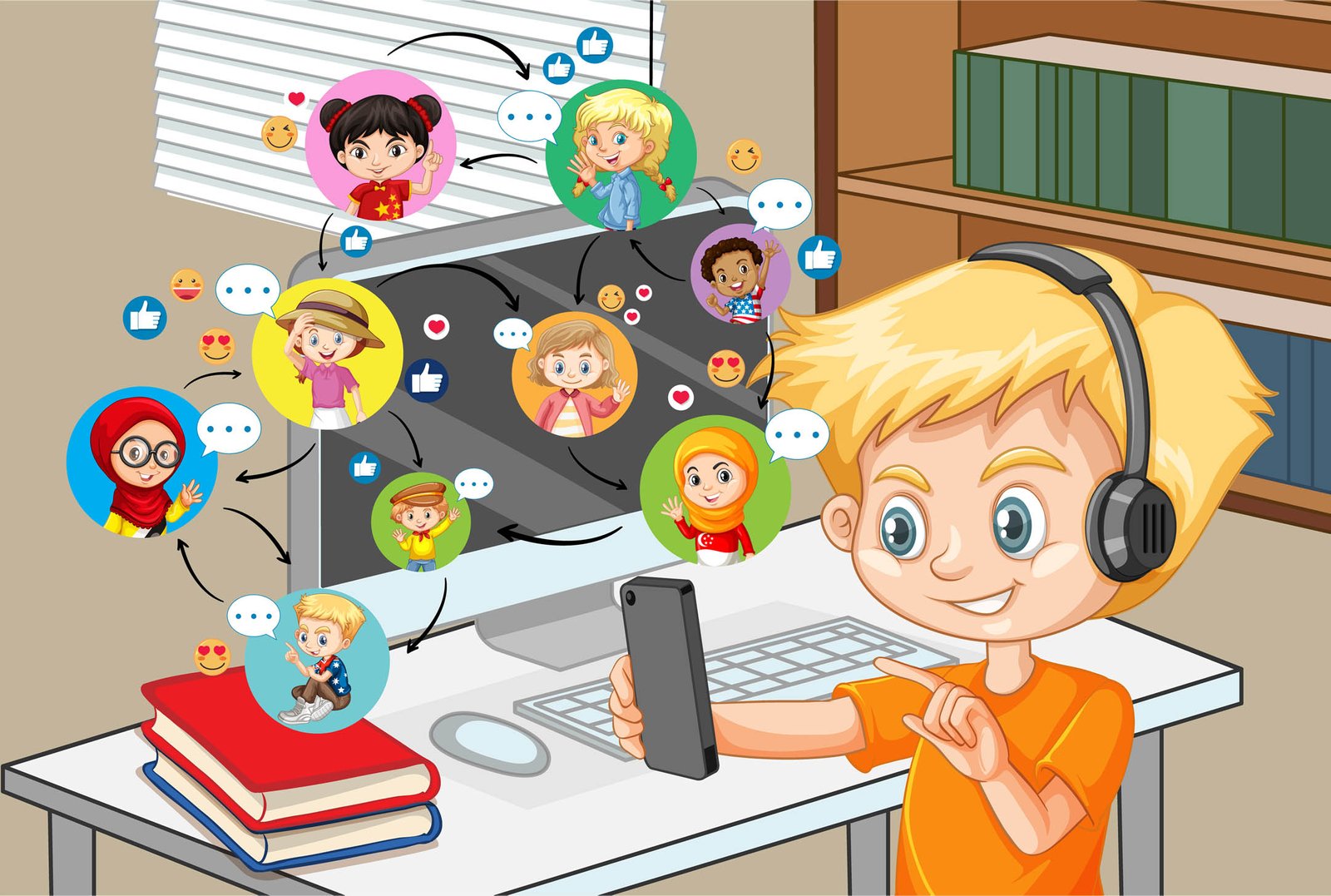Children are naturally curious. They enjoy trying new things and experiencing new things, and they have a lot of questions. At GoGlobalWays, we encourage curiosity because it encourages creative thinking. Children express their creativity through drawings, dramatic performances, songs, dancing, and a range of other activities. Children’s intellectual, artistic, and socio-emotional growth can all benefit from creative thinking!
What Is The Importance Of Creative Thinking For Kids?

Creative thinking abilities can help your kids develop internal drive and become lifelong learners. Children should be encouraged to seek out new experiences and to experiment with new ideas (with adult supervision and support). They should be taught to ask questions and conduct research in order to build critical thinking and problem-solving abilities.
Creative thinking also helps the youngster navigate this ever-changing world with confidence. Thus, encouraging creative thinking in early infancy has become increasingly crucial. It is critical that parents do not criticize their children’s choices or sentiments when encouraging creative thinking.
On the other hand, if a kid is afraid to explore or ask questions for fear of being rejected by his or her parents, the tendency to be curious and think creatively begins to decline. Children must feel safe and nurtured in order to think creatively.
Many strategies for encouraging creative thinking in small kids are discussed here.
- Increase Their Interest
Children are naturally interested. As a parent, all you have to do is guide their curiosity in the proper direction. This can be accomplished by engaging them in meaningful conversations. For example, you may explain why pollution is harmful to the environment and how it affects the plants and animals around us. So you talk about something that tickles their interest, and they are exposed to the hidden implications of the topic you bring up.
- Give Children Enough Space And Resources.
Creativity needs space to develop. Provide your kids with a space (even if it’s just a corner of your living room) and some materials ( these could include art supplies, cardboard boxes, puzzles, blocks, etc.) Ensure that the resources are organized in trays and boxes; this will not only help your child to easily reach them but will also inspire them to consider the value of the organization. Children should be able to play independently, unrestricted by adult supervision, in this environment, and experiment with and manipulate colors, objects, textures, and materials.
- Teach Them Multiple Approaches To Problem Solving
As a parent or guardian, you must make your children understand that there are various approaches to solving an issue as well as different views to look at anything, whether it is a math problem or an emotional challenge they are encountering in real life.
- Opportunities To Express Opposing Viewpoints
Rather than trying to shape your child’s ideas to meet your own, try adapting to theirs. Be open to new ideas and accept “divergent concepts” from them. Allow them to come up with multiple solutions to the questions you pose or the difficulties that arise in everyday life. Consider asking them to mention all the red items that come to mind, and you’d be astonished at what they come up with – apples, toys, the dress, a shirt, your lipstick hue, and so on. Encouraging youngsters to think differently about seemingly little issues will improve their ability to think creatively in larger contexts. It will also make them more receptive!
- Concentrate On The Procedure
When promoting creative thinking in early childhood, rather than focusing on what your child has accomplished, keep the process in mind. This can be accomplished by simply asking them if they appreciated the activity. A non-evaluative environment encourages young children to produce new ideas, update their own ideas, and explore their talents, so encouraging creative thinking.
- Reply Warmly
Always answer intelligently and warmly to your child’s queries. It will encourage students to try new things, which will improve their critical thinking skills. Furthermore, they will feel certain that even if they don’t know something, you will be available to answer their rash queries. Make your children feel comfortable with not knowing the answer to a question.
Creating Learning Pathways
All children are creative in different ways; however, parents should avoid comparing their child’s creative capacity to that of a sibling or a friend. Every child shows behavior that demonstrates his or her ability to think. Providing your kids with the chance and confidence to investigate, seek, and challenge assumptions can pave the door for fresh learning.
Also, when we talk about creative thinking, we should keep in mind that it refers to the adaptability and flexibility of our thoughts. These contribute to children’s general well-being and socio-development by fostering feelings of self-confidence and self-worth. Encouraging creative thinking in children is so critical not only for their individual well-being but also for the world.
GoGlobalWays includes instruction in creative thinking. Our rooms encourage curiosity by allowing children to freely explore and experience new ideas, concepts, and ways of thinking. Our teachers are constant observers who are familiar with each child’s skills, learning style, and way of thinking. So, when you’re thinking about encouraging your kid’s creative thinking capability and programming skills. Just visit our website and take a demo session today!




